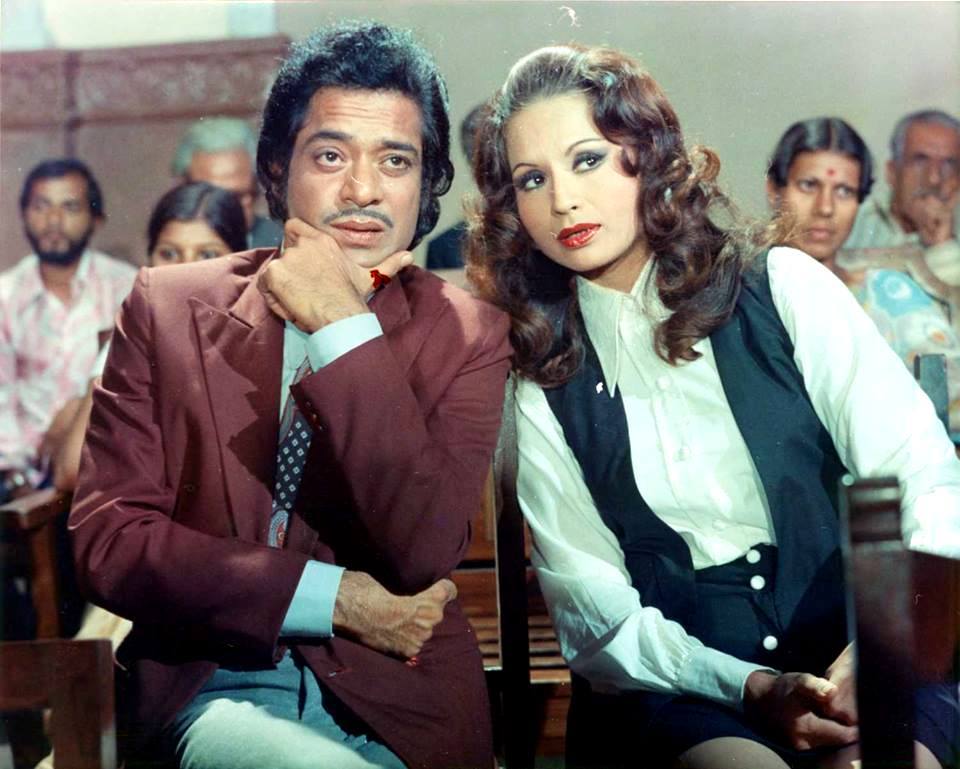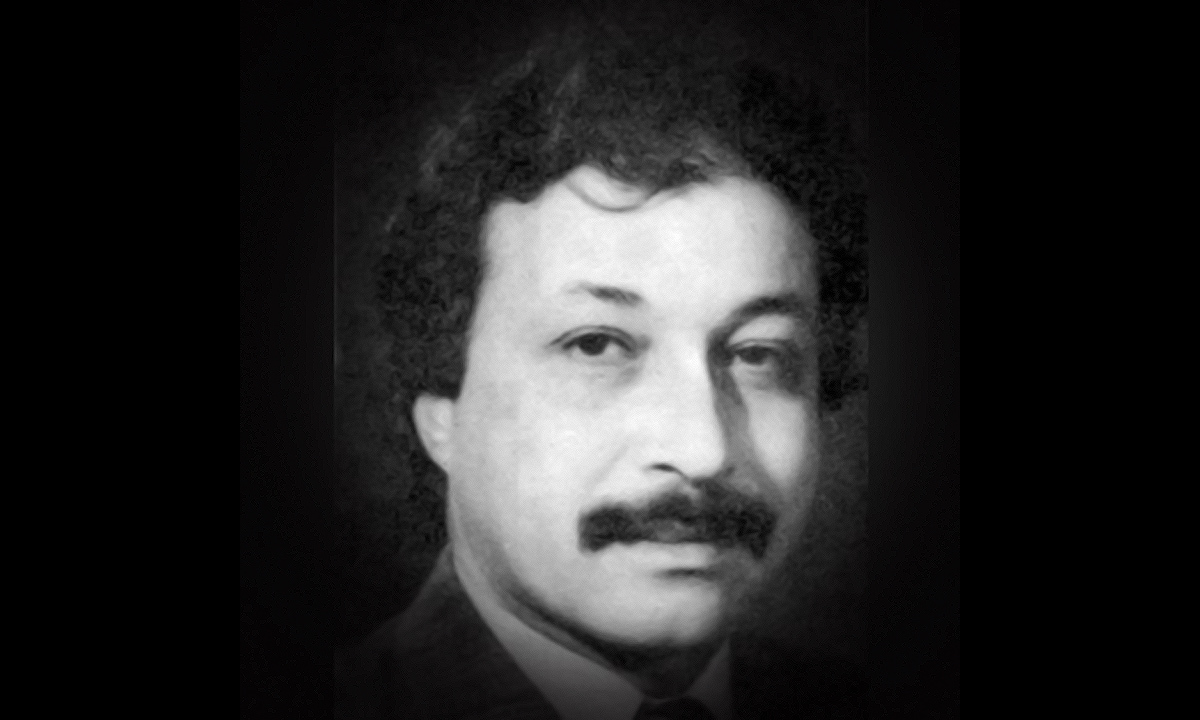Remembering Chetan Anand, one of India's most brilliant filmmakers, on his 21st death anniversary.
“Chetan, I saw Haqeeqat. Strong visuals, excellent music but no story,” Satyajit Ray had reportedly said to Chetan Anand at the Oberoi Grand lobby in October, 1964. Both were to receive the coveted BFJA awards for Charulata and Haqeeqat. Chetan smiled and replied, “Haqeeqat is not a film. It’s a mosaic.”
Ray confessed a number of times that he was inspired to work with maestros Ravi Shankar and Ali Akbar Khan after listening to the music of Neecha Nagar and Aandhiyan. However, it was Chetan Anand, who introduced Ravi Shankar (Neecha Nagar) and Ali Akbar Khan (Aandhiyan) as composers in films.
Chetan Anand, along with his brothers Dev and Vijay, was a leading light of the golden age of Hindi cinema. Born and raised in Lahore, Chetan worked at BBC, and then Doon School, Dehradun before moving to Bombay to become an actor. His political beliefs, thanks to his association with the Indian People’s Theatre Association (IPTA), made him realise the reach of cinema as a mass media tool. He decided to become a director, slowly and steadily, carving his own niche like his siblings.
Chetan Anand was a recluse by nature, but versatile as a filmmaker and actor. Winning the Grand prize at Cannes for Neecha Nagar (1946), along with David Lean (Brief Encounter), is a proud testimony to his filmmaking skills. In his 50-year career, Chetan directed 18 films and a tele-serial Param Veer Chakra. Though a majority of his directorial ventures were flops, he has carved a niche in the annals of Indian cinema.
On Chetan Anand’s death anniversary, a look at his award-winning first film ‘Neecha Nagar’ (1946).
At a screening of ‘Neecha Nagar’ at Kolkata in 1948, Mrinal Sen was overwhelmed by the use of dialectical montages. The 20 minute-sequence prior to the climax had the influence of a script Sergei Eisenstein had asked his students to write based on Alexander Pushkin’s ‘The Bronze Horseman.’ One student succeeded in writing the script as desired by Eisenstein, in the format of a chess play. Mrinal Sen asked cinematographer Vidyapati Ghosh as to how he had shot the stunning sequence. The country’s first cameraman to be trained in Germany said he just carried out the instructions of director Chetan Anand.
A strong IPTA connection brought talented persons such as Chetan Anand, K A Abbas, Hayatullah Ansari and Ravi Shankar on one platform to create ‘Neecha Nagar’, India’s first anti-imperialist film with socialist leanings.
Inspired by Maxim Gorky’s Lower Depths, ‘Neecha Nagar’ starred Anwar, Kamini Kaushal, Uma Anand and Ruma Guha Thakurta. It was produced by Rafiq Anwar who later migrated to Lahore. The film not only marked Chetan Anand’s debut as director, but was also the maiden film of Pandit Ravi Shankar as composer.
The story is centered on a village and its autocratic mayor. When the village’s river water gets contaminated, an epidemic spreads. The mayor pays no attention. A Florence Nightingale-like nurse (Kamini Kaushal) treats the patients at a relief camp. But she gets infected and dies. It is at this juncture that a progressive lady (Uma Anand) rebels to oust the mayor. The will and strength of the masses succeed and the mayor is removed.
Though an eminent writer himself, Chetan Anand chose K.A. Abbas and Hayatullah Ansari to pen ‘Neecha Nagar.’ During his stay in London while appearing for his TCS examination, Chetan Anand took a keen interest in the works of Eisenstein, Pudovkin and other Russian maestros. Their influence was reflected in all his earlier films, especially ‘Neecha Nagar.’
The performances in the film were natural, sans theatrics. Pandit Ravi Shankar used the sitar, flute, tabla and Indian drums effectively for the background score. The choreography by Zohra Sehgal was noteworthy but Chetan Anand deleted the songs and dances for the international version. The unique climax, with a plethora of marshals, shot in natural light and shade, created a magical impact.
‘Neecha Nagar’ was India’s first film to win the Grand prize at Cannes in 1946 jointly with David Lean’s ‘Brief Encounters’. It flopped miserably in India but found critically acclaim all over the world.
Deeply influenced by ‘Neecha Nagar’, Satyajit Ray wrote to Chetan Anand to address the august gathering of the film society at Kolkata in 1949 comprising , Kamal Kumar Majumdar and Chidananda Das Gupta and Ray himself. The shy and introverted Chetan Anand politely refused stating that he did not consider himself competent enough. He also refrained from being a jury member of Cannes in 1950.
Sadly, the print of ‘Neecha Nagar’ went missing around the 1950s. It was in the mid-1960s that ace cinematographer Subrata Mitra discovered the print at a grocer’s shop in Kolkata! He handed it over to the National Film Archive of India.
The archive has restored the print which is all set to be screened this November at the Kolkata International Film Festival.








Comments
Post a Comment